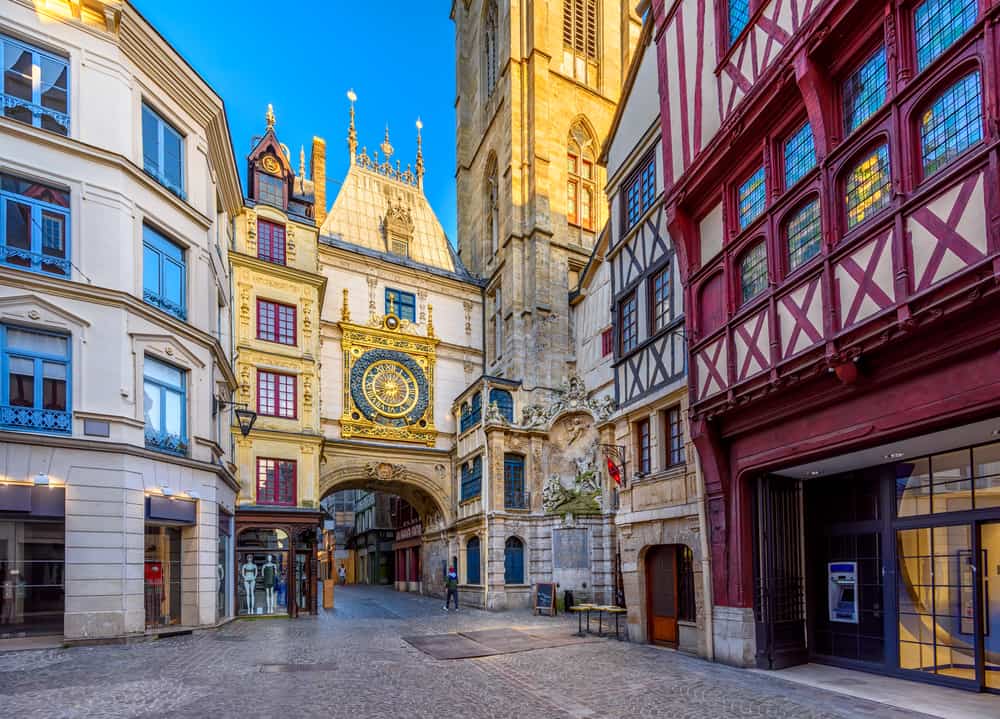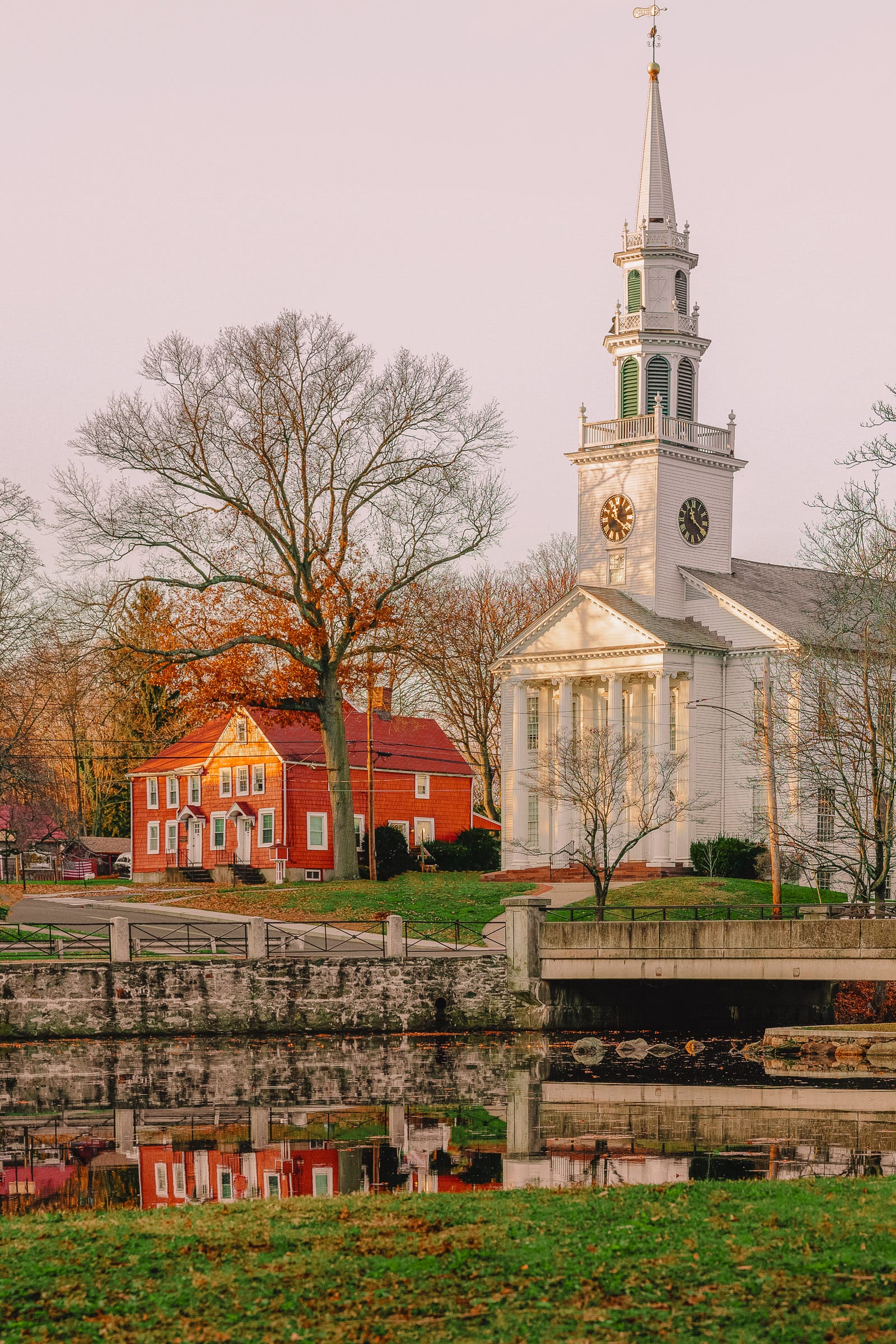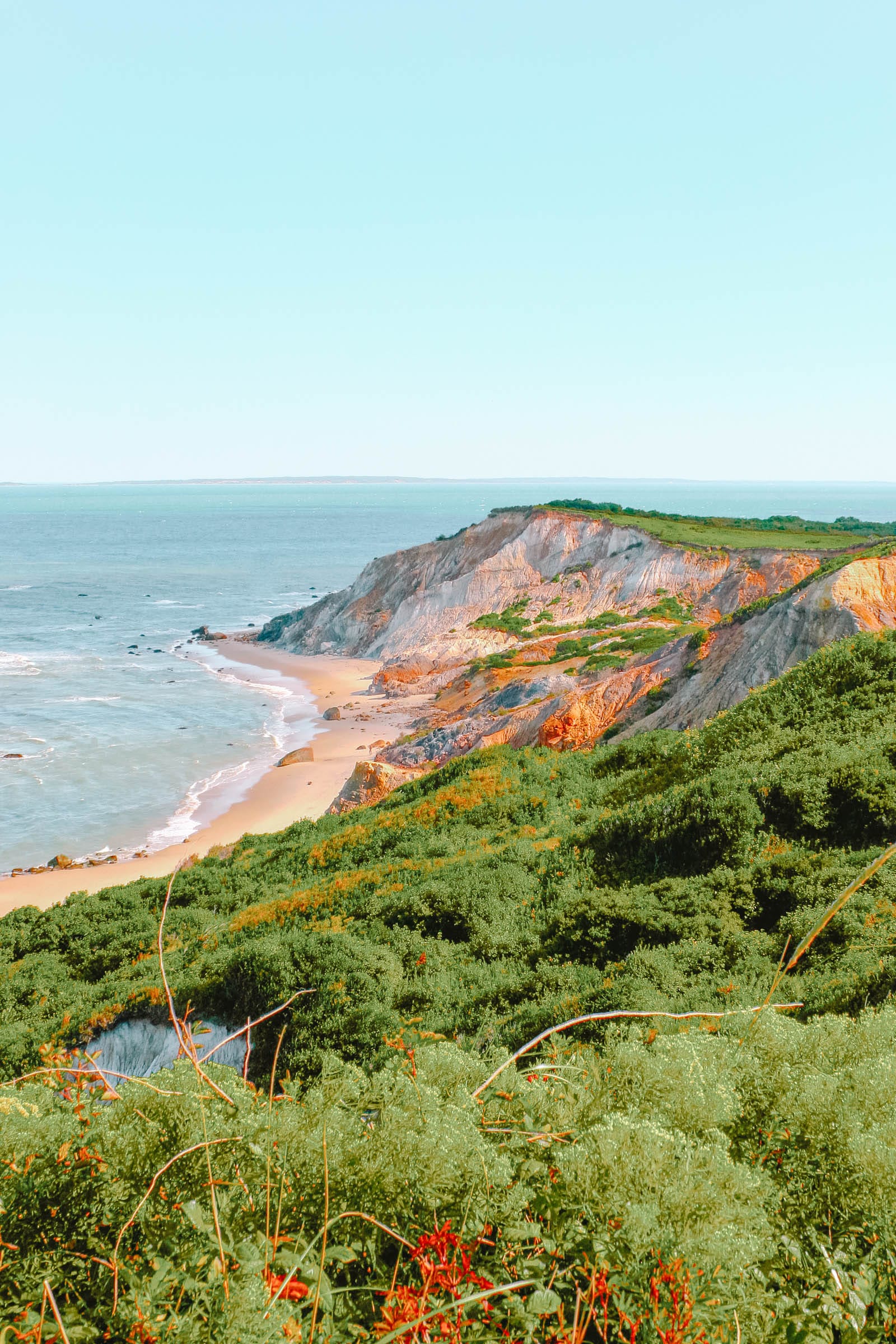Summary
It is challenging to encapsulate the extensive diversity within France’s Northern Regions, wherein locations like Brittany exhibit characteristics that markedly contrast with its neighboring Normandy.
Should you be contemplating travel destinations, this compilation may offer inspiring ideas for your journey.
The region presents a blend of renowned cities adorned with magnificent monuments, alongside ancient villages where the architecture has remained largely untouched for centuries.
Moreover, the historical figures tied to these locales, such as William the Conqueror, Joan of Arc, Claude Monet, and Jules Verne, further enrich the experience.
Let us delve into the most exceptional places to explore in Northern France:
1. Lille

Located adjacent to the border with Belgium, Lille only became a part of France following a siege conducted by Louis XIV in 1667. Prior to this event, it was firmly a Flemish territory within the Duchy of Burgundy.
This Belgian influence is apparent in the stunning architecture of Vieux-Lille, particularly at Grand’Place and Place Rihour.
Explore the 16th-century Vieille Bourse, distinguished by its Flemish mannerist style, in addition to the neo-Flemish structure housing the Voix du Nord newspaper.
As you meander through the cobblestone streets, you will undoubtedly be enticed by a familiar Belgian delight: the sweet aroma of waffles.
The local cuisine also bears Flemish characteristics, and nothing is quite as comforting on chilly days as carbonnade flamande (beef stew).
2. Quimper

Nestled in a picturesque green valley where the Steir and Odet Rivers converge, this charming city serves as the capital of Brittany’s Finistère department.
One could easily while away an afternoon strolling along the streets, appreciating the 17th-century colombage houses or surveying the cityscape from the bridges spanning the Odet.
If respite is needed after exploring the delightful pedestrian areas, find a cozy crêperie or bar and enjoy a glass of Breton cider.
Much of the architecture stems from an era when Quimper thrived on its hand-painted faience ceramics, which are still produced by numerous shops in the historic center.
Nevertheless, there is a prominent landmark that should not be overlooked: The medieval cathedral, renowned for its iconic twin spires.
3. Arras

One could visit this city solely to experience its magnificent squares: The Grand’Place and the Place des Héros provide insights into the essence of Arras.
Spanning 17,000 square meters, these squares feature elegant houses in the Flemish-Baroque style.
Constructed in the 17th and 18th centuries, these buildings possess arcades on the ground floor.
Each house merits examination, as there is invariably a sculpture or unique element to captivate your attention.
Beneath these squares lies an extensive network of tunnels carved from sandstone over centuries, which served as shelters during the numerous conflicts that have impacted this area of France.
Visitors can explore these tunnels, as well as the UNESCO-listed belfry; though be prepared to ascend the 326 steps to the top!
4. Honfleur

Many individuals may already be familiar with Honfleur, even if they have not physically visited.
This is due to the harbor in this seaside town in Normandy, which has been immortalized in paintings by artists such as Monet, Courbet, and Eugène Boudin, among countless others.
The scene is a must-see from Quai Saint-Etienn, where one can gaze upon the impossibly narrow old fishing houses, many adorned with slate.
Honfleur’s wonders do not end here; another notable site is the all-wood Sainte-Catherine Church, constructed by ship carpenters in the 16th century, which stands apart from its equally charming bell tower as a precaution against fire.
Both structures were built without saws, as Honfleur’s shipbuilders preferred to use axes, following a Norman tradition predating William the Conqueror.
5. La Roche-Guyon

Positioned along a bend in the River Seine, La Roche-Guyon represents a charming historical settlement at the base of a château integrated into a cliff, constructed during the 1100s to oversee the river crossing.
This site is accessible to the public, where one can appreciate the ingenuity of its design, featuring a keep connected to the lower fortress by tunnels excavated from the rock.
The panorama from the tower and the ridge trail promises to be a delightful highlight for social media shares. A short distance away in Giverny lies Monet’s house, preserved as he left it.
Even those unfamiliar with his artistic contributions will recognize many of the scenes within the gardens, which Monet immortalized in his paintings.
6. Amiens

A prominent feature that cannot be overlooked in Amiens, visually or otherwise, is the imposing gothic cathedral.
This World Heritage site ranks as one of the world’s largest medieval churches, showcasing intricate sculptures both on the breathtaking west facade and throughout its interior, complemented by a soaring nave and choir illuminated by countless stained glass windows.
Furthermore, the Saint-Leu quarter located north of the cathedral exudes charm.
This neighborhood serves as a hub for much of the city’s nightlife, characterized by a collection of quaint brick and timber houses neighboring picturesque canals.
Jules Verne spent the last two decades of his life in this city, and his residence has been transformed into a museum, filled with fascinating curiosities that delight admirers of his literary works.
7. Rouen

A weekend is insufficient to fully explore all that Rouen has to offer: This city along the Seine River serves as Normandy’s cultural and historical epicenter, a historic river port where English monarchs convened in the Middle Ages, and where Joan of Arc faced her end at the age of just 19. A recent museum dedicated to this French heroine has been established in the city, which aptly reflects the medieval ambiance.
The old quarter presents an evocative labyrinth of creaking timber-framed houses guiding visitors to notable sights such as the Gros Horloge, an astronomical clock dating back to the 1300s, or the cathedral, once recognized as the tallest structure worldwide.
Monet famously depicted the cathedral in a series of artworks showcasing its beauty across varying lights and seasons.
8. Saint-Valery-sur-Somme

Joan of Arc serves as the connection between Rouen and this coastal commune situated at the mouth of the Somme River in Picardy.
She was detained in this locale before being sent to Rouen for her execution.
Saint-Valery has witnessed numerous significant events due to its strategic location on a promontory adjoining the Estuary.
The elevated old quarter, once a citadel, still retains its ramparts, and the original gates delineate the entrance to this segment of the town.
Equally charming is the waterfront area of Saint-Valery, boasting a boardwalk that stretches for several kilometers, adorned with painted fishing cottages and elegant old villas, offering splendid vistas of the Somme Estuary across to Le Crotay on the opposite side.
9. Lyons-la-Forêt

In Haute Normandie, this small town is surrounded by the quintessential pastoral landscapes that embody the idyllic vision of the Norman and Breton countryside.
This region is characterized by the “bocage,” consisting of pastures for cattle and orchards bordered by thickets.
Additionally, Lyons-la-Forêt is celebrated for its classic timber-framed houses, preserved nearly unchanged since the 1600s after a previous fire necessitated reconstruction.
What enhances the charm of Lyons-la-Forêt is its vibrant community: The covered marketplace featuring wooden columns continues to host market stalls on Thursdays, while the surrounding shops thrive with activity.
10. Beuvron-en-Auge

Normandy is cherished for its charming towns and villages featuring half-timbered (colombage) homes, yet few are as picturesque as the small village of Beuvron-en-Auge.
The highlight here is a 15th-century manor house, displaying cream-colored daub and a whimsical turret on one corner.
A small square invites visitors to pause, and in every direction, charming old houses accompanied by cafés, restaurants, and community amenities adorned with geraniums and other flowers can be seen.
As you find yourself in Normandy’s cider-producing region, indulging in a glass of cider or Calvados, the apple brandy, is highly recommended.
11. Le Havre

While many of Northern France’s favored tourist destinations comprise medieval towns adorned with fortifications and wooden houses, Le Havre distinguishes itself as a site for enthusiasts of modern architecture.
Following extensive damage during the war, the city engaged architect Auguste Perret, whose visionary designs have recently earned Le Havre World Heritage status.
One structure that consistently captures the admiration of visitors is St. Joseph’s Church, whose 107-meter tower is solely supported by the internal reinforcement of the concrete.
You can take a moment to stand beneath this hollow edifice, illuminated by geometric stained glass windows, in a state of awe! The modernist Hôtel de Ville offers a lookout from its gallery, and you will also find Oscar Niemeyer’s Cultural Centre, affectionately known as “The Volcano.”
12. Vannes

Situated in Morbihan, this ancient city is endowed with nearly all the attributes individuals associate with the finest aspects of Brittany.
The city is fortified, preserving its ramparts while encasing charming streets and squares adorned with overhanging half-timbered houses.
Some of these structures rise five stories, their beams gracefully bent from the weight, prompting reflection on their enduring stability.
The grand entrance to old Vannes is marked by the baroque Porte Saint-Vincent, named in honor of the city’s patron saint.
Equally magnificent are the Jardins des Remparts, featuring perfect floral arrangements on the western side of the fortifications.
13. Bayeux

When envisioning Bayeux, many may immediately think of the renowned tapestry, and justifiably so.
This enduring artifact serves as a representation of medieval storytelling, and the dedicated museum displays it in a manner that allows visitors to appreciate the intricate stitching completed nearly 1,000 years ago.
Upon arrival in the city, while the tapestry may dominate your itinerary, the gothic and romanesque cathedral, finished in 1077, remains the central feature: It was the site of William the Conqueror’s consecration.
The city also features numerous sites pertinent to the Normandy Invasion of 1944, including the British War Cemetery and the Museum of the Battle of Normandy.
14. Reims

As with Bayeux, one might have singular focus upon coming to this city within Champagne.
Most of the prestigious champagne houses are established in Reims, and nearly all welcome visitors for tours of their caves and tasting experiences.
The city’s chalky underpinnings contribute to this, as the human-crafted caves beneath provide an optimal environment for champagne fermentation.
Start your excursions with Maison Veuve, Clicquot, Tattinger, and Lanson, and you may find that you have merely scratched the surface! Amidst the tastings, it is essential to reserve time for the cathedral, a site notable for being the coronation place of nearly every King of France.
15. Beauvais

The centerpiece of this city in Picardy is the exquisite “unfinished” cathedral, which would have stood as the largest structure globally had it been completed.
Regrettably, the design was overly ambitious and encountered significant structural issues; however, it still houses the tallest gothic vault ever built.
Surrounding this landmark are numerous intriguing historical sites from the 1100s to the 1500s, such as the Episcopal palace, now exhibiting the history of the Oise Department, of which Beauvais serves as the capital.
On Rue de Paris, located to the south of the city, one can find the Maladerie, a 12th-century hospital for victims of plague and leprosy, operated by monks.




